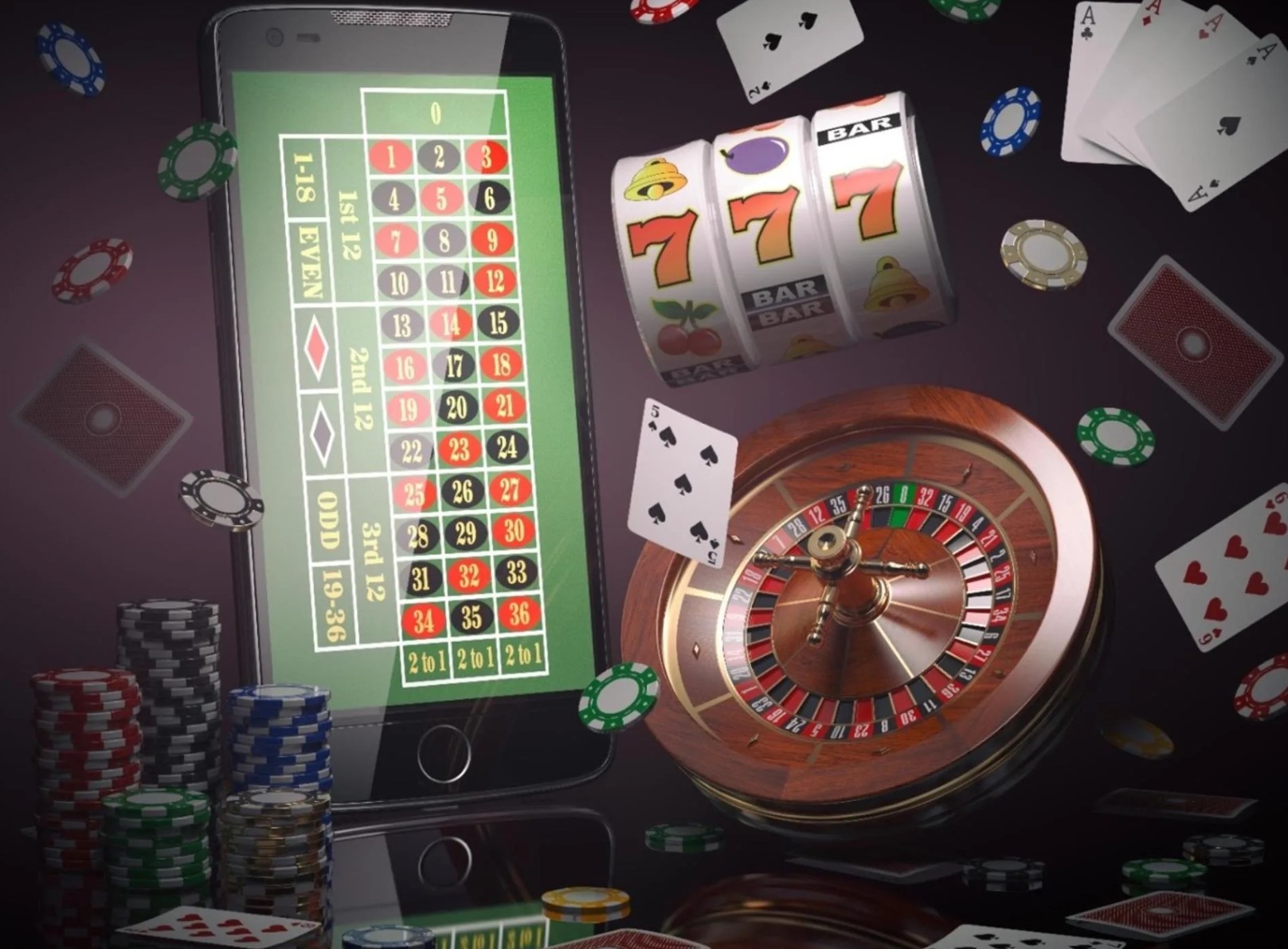The saga of gaming machines is a fascinating adventure that parallels the development of recreation and gambling over the ages. From their humble beginnings in the final decades of the 1800s to turning into a mainstay in casinos throughout the world, these games of chance have experienced significant evolutions. Slot machine games have enthralled players with their colorful designs, immersive themes, and the potential of wealthy jackpots.
At first designed as mechanical machines with rotating drums and few icons, slot machines have evolved into cutting-edge digital games that incorporate advanced technology and interactive elements. Today, they attract millions of players, each wanting to win big with just the lever pull of a handle or the touch of a button. Exploring the fascinating past of these games discloses not just the tale of a well-liked activity, but also a depiction of societal changes and technological advancements over the ages.
The Beginnings in Slot Machines
The story of slot machines starts in the late 19th century, a time when mechanical devices were becoming popular in entertainment venues. The first true slot machine came into existence by Charles Fey in 1895, known as the Liberty Bell. This machine featured three spinning reels and five symbols: hearts, diamonds, spades, a horseshoe, and the famous Liberty Bell. Players would pull a lever to spin the reels, and if the symbols matched in a particular combination, players won a payout. Fey’s invention rapidly captured the attention of gamblers and paved the way for future developments in casino slots games. 9bet39.com

As the concept of the slot machine gained popularity, numerous inventors sought to improve upon Fey’s design. By the dawn of the 1900s, slot machines were becoming a frequent presence in saloons and amusement parks. In 1907, the first electromechanical slot machine was created by Herbert Mills, featuring a more intricate system of payout mechanisms and the renowned fruit symbols that are still linked to slots today. This evolution marked a significant shift in the gaming industry, as machines became more engaging and user-friendly, drawing in more players.
The popularity of slot machines continued to soar throughout the first half of the 20th century, resulting in their extensive use in casinos across the United States. However, as legal restrictions on gambling during the Great Depression posed challenges for the industry. Many machines were outlawed, but this did not stop innovators. Instead, they adapted by creating machines that dispensed candy or gum instead of cash prizes, effectively bypassing the restrictions while still providing the thrill of a casino slots game. This ingenuity kept the spirit of gambling intact, setting the stage for the future resurgence of slot machines in modern casinos.
Advancement of Casino Slot Innovation
The history of gambling machines started in the final 19th hundred years with the invention of the early mechanical machines. Charles Fey, a West Coast mechanic, introduced the Liberty Bell slot machine in 1895, which featured three rotating reels and five symbols: hearts, diamonds, spade symbols, a horseshoe, and the Liberty Bell itself. This straightforward yet enthralling layout laid the basis for the future of casino slots game, creating an swift draw for players seeking excitement and a shot to win.
As innovation matured, so did the styling and capabilities of gambling devices. By the central 20th hundred years, electronic mechanical machines emerged, including electric parts to improve gameplay and amplify payout possibilities. These developments enabled for increased sophistication features like various paylines and greater jackpots. The gaming establishments adopted these innovations, leading to the rise of slot machines as a major contributor of income within the gaming industry, radically changing the casino slots game experience.
The late 20th and initial 21st centuries brought the age of digital technology, causing the introduction of video slots. These devices changed out traditional reels with screens, allowing even more innovation in themes and gameplay features. Gamblers could now experience engaging graphics and sound effects, along with interactive bonus rounds. The move to web-based gaming further revolutionized the casino slots game, allowing slots accessible to a global audience whenever and anywhere, thus marking a new phase in the evolution of slot machine advancements.
The Cultural Influence of Slot Machines
These gaming machines have become more than just a means of entertainment; they have woven themselves into the essence of mainstream culture. From movies and TV series to music and literature, these iconic gaming machines often act as symbols of luck and risk. Films like Casino and Ocean’s Eleven notably feature slots, depicting them as exciting yet uncertain elements of the casino atmosphere. Their unique attraction lies in the noise of coins clinking, the revolving reels, and the bright blinking lights, which together create an electric atmosphere that draws people in.
In addition, slot machines have influenced social gatherings and events, making them a centerpiece in casinos and gaming venues. Many people do not just go to a casino to gamble; they attend for the full experience, which encompasses the social interactions and the lively ambiance surrounding these machines. Special contests and themed gaming nights centered around these games also showcase their popularity, fostering social connections and collective fun among players. This community aspect has contributed to the machines’ enduring popularity.
The evolution of technology has also transformed this cultural impact. Digital and online slots have expanded access to these games well beyond the walls of physical casinos. Players can now enjoy their favorite casino slots game from home or on the go, leading to the rise of virtual forums and discussion boards where enthusiasts exchange strategies and experiences. The continuous innovation in game design and the inclusion of storytelling have kept the cultural importance of slot machines alive, attracting new generations of players while maintaining a connection to their cultural roots.
